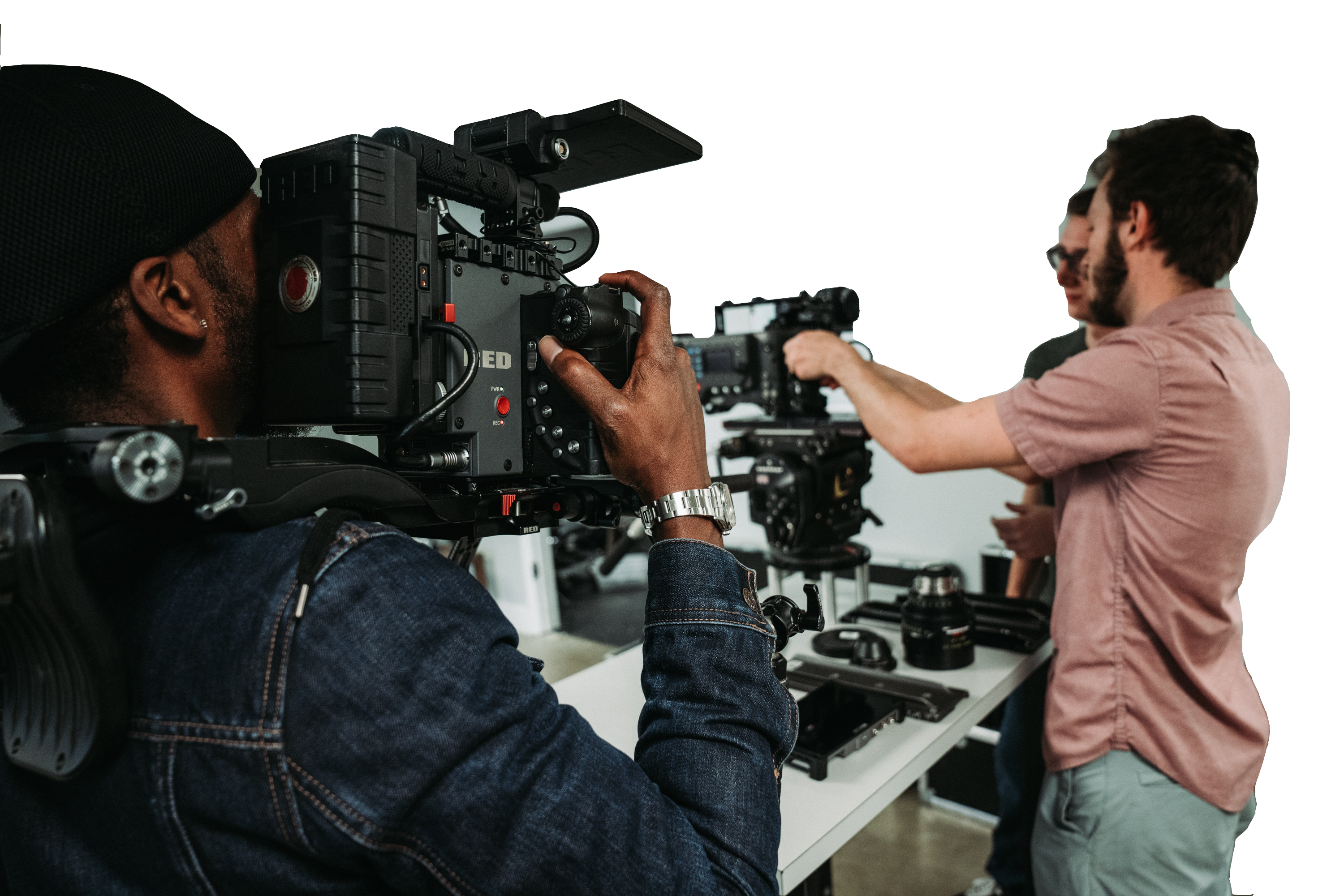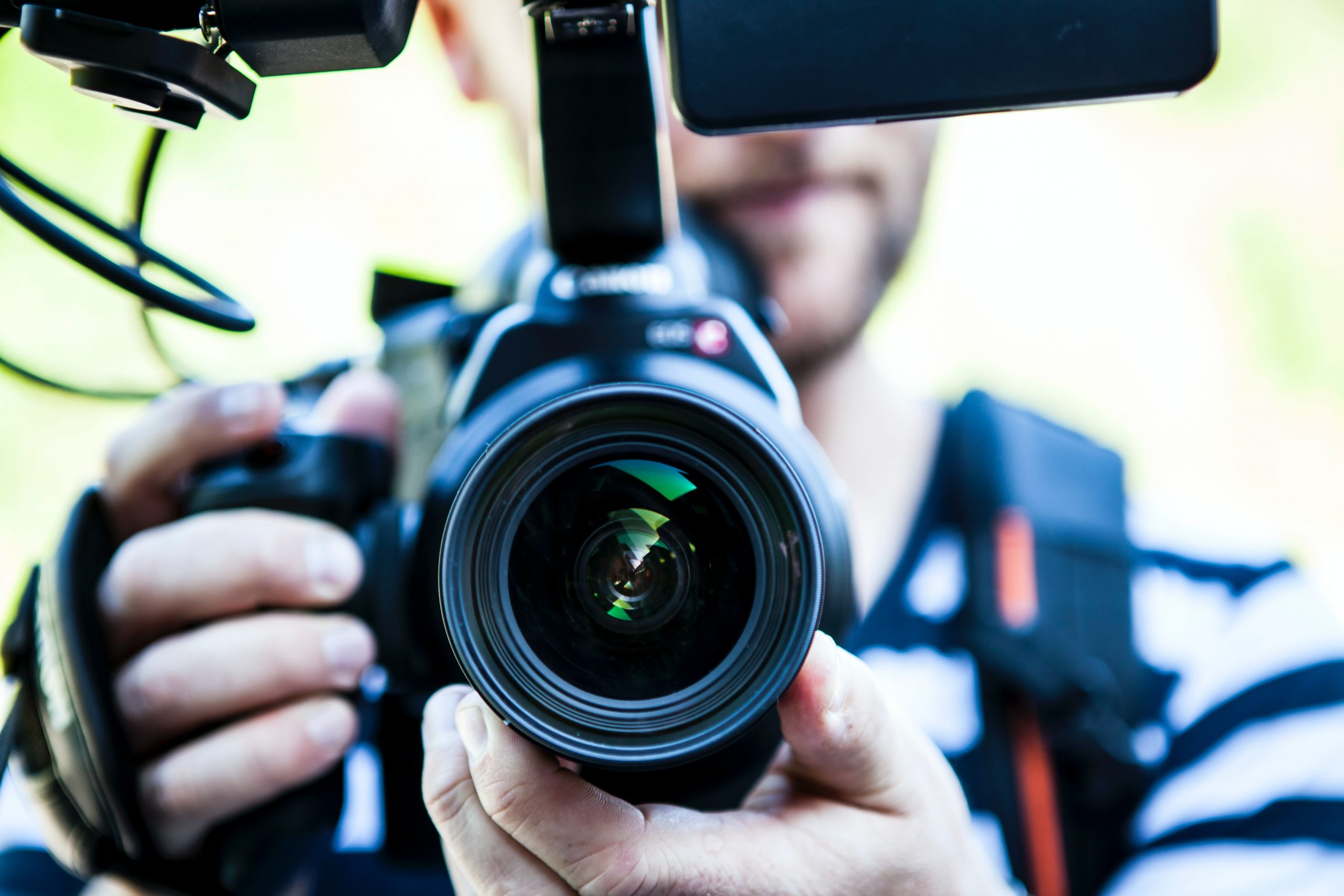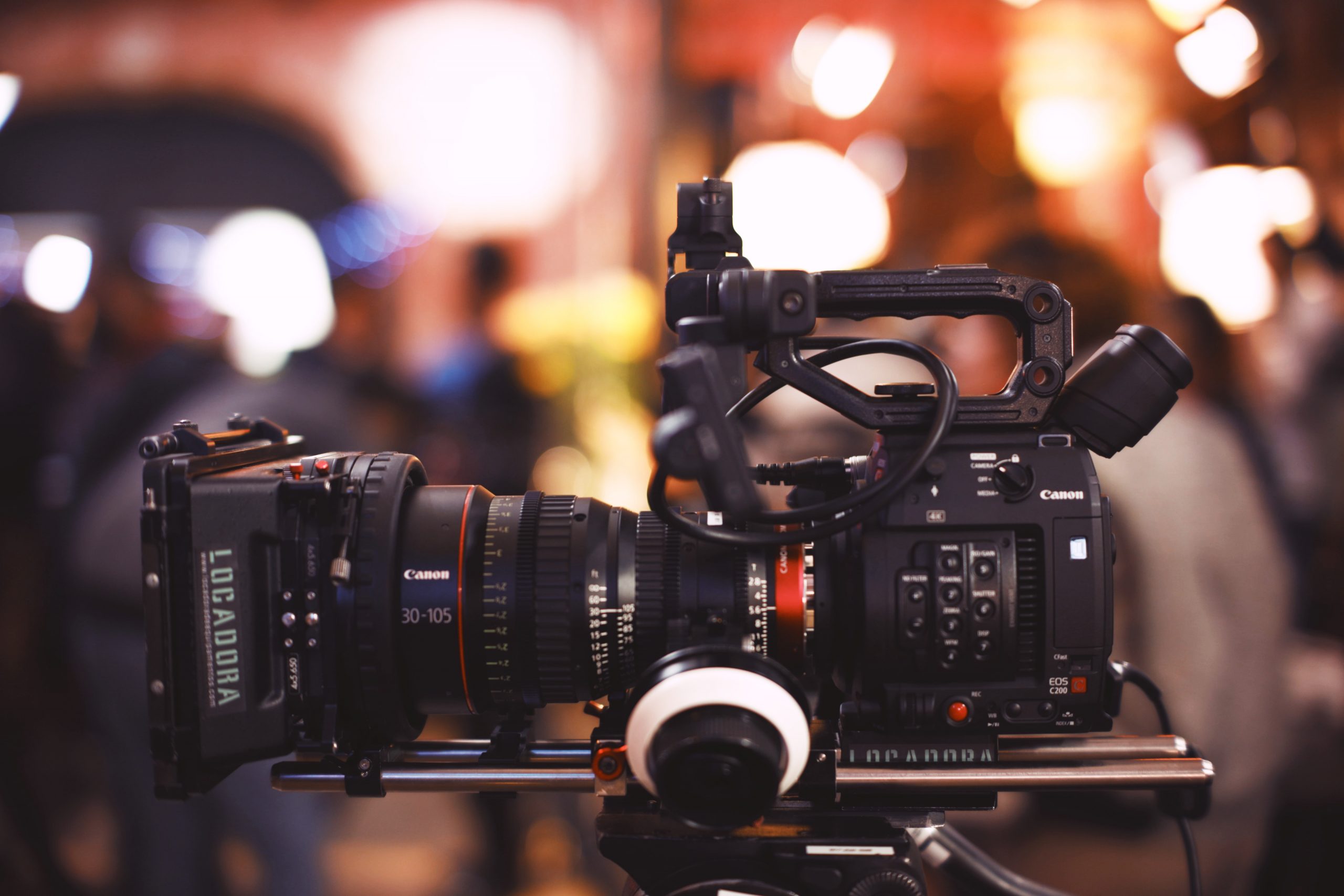Mastering the Principles of Video Editing: Creating Engaging and Impactful Content
Video editing is a crucial aspect of the filmmaking process, playing a pivotal role in shaping the narrative, aesthetics, and overall impact of a video. Whether you’re working on a short film, a documentary, or a promotional video, understanding and applying the principles of video editing can elevate your work to new heights. In this article, we will explore the key principles of video editing that every editor should master to create visually appealing and impactful content. From continuity and rhythm to shot composition and storytelling, let’s delve into the fundamental principles that will enhance your video editing skills.
Continuity: Maintaining Visual Consistency
One of the core principles of video editing is continuity, which ensures visual consistency and coherence throughout the video. Smooth transitions between shots, consistent lighting, matching camera angles, and seamless action flow are essential elements to maintain continuity.
Rhythm and Pacing: Captivating the Audience
Establishing a suitable rhythm and pace is crucial for keeping viewers engaged. Timing cuts, managing shot durations, and controlling the overall flow of the narrative contribute to the rhythm and pacing of the video. A well-crafted pace will captivate the audience and enhance their viewing experience.
Shot Composition: Creating Visually Pleasing Frames
Shot composition is an art form that involves arranging elements within the frame to create visually pleasing and balanced shots. Applying techniques such as the rule of thirds, leading lines, depth of field, and effective framing techniques will enhance the visual appeal and impact of your video.
Emphasis and Focal Points: Guiding the Viewer’s Attention
Video editing provides the power to guide the viewer’s attention and emphasize specific elements or moments within the frame. Utilize editing techniques such as cuts, dissolves, zooms, or color grading to direct the viewer’s focus and create emphasis, ultimately enhancing the storytelling aspect.
Continuity Editing: Maintaining Spatial and Temporal Coherence
Continuity editing ensures a seamless flow of action and maintains a sense of spatial and temporal coherence. It involves maintaining consistent screen direction, matching eyelines, and preserving logical continuity between shots to create a cohesive viewing experience.
Transitions: Seamlessly Connecting Shots and Scenes
Transitions play a significant role in creating smooth connections between shots or scenes. Cuts, fades, dissolves, wipes, or other transition effects can be used strategically to enhance storytelling, signify time or location changes, and maintain viewer engagement.
Audio Synchronization: Harmonizing Visuals and Sound
A crucial aspect of video editing is synchronizing audio elements with the visuals. Properly matching dialogue, sound effects, and music to corresponding actions or events on screen enhances the overall viewing experience and reinforces the intended message.
Storytelling: Enhancing Narrative Impact
Video editing is a powerful storytelling tool. Structuring footage, arranging shots, and sequencing scenes effectively contribute to the narrative impact of your video. By creating a cohesive story arc, you can engage and captivate your audience on a deeper level.
Visual Effects and Enhancements: Elevating the Visual Quality
Incorporating visual effects, color grading, and other enhancements can add depth, style, and impact to your video. Thoughtful and skillful implementation of these visual enhancements can enhance the overall quality and aesthetics of your work.
Continual Refinement: Iterative Improvement Process
Video editing is an iterative process of continual refinement. Regularly reviewing and adjusting the edit based on feedback and personal assessment will lead to a polished final product. Making necessary cuts, trims, and adjustments ensures that the video reaches its full potential.
Conclusion:
Mastering the principles of video editing is crucial for creating visually appealing, engaging, and impactful content.


Freelance Videographer
Owner / Operators with gear
Interviews, testimonials, remote camera crew
Small 1-4 person crews
Fast paced, multi-talented, jack-of-all trades to get fast projects done with minimal expenses
More Details
Videographers focus on smaller productions like documentaries, live events, short films, legal depositions, weddings, birthday parties, sports events, commercials, and training videos.
For smaller productions, a videographer often works alone with a single-camera setup or with a small team of light technicians and sound technicians.
How much should you pay for your videographer? It really depends on what you’re looking for – but expect to pay between $700/day on the low end to $2500/day on the higher end + rental costs for the gear you’re wanting.
What does rental cost?
LensProToGo and BorrowLenses are great online rental places to get an idea for the gear rental costs may be. Expect $200-500/day for gear depending on whether you only need the basic DSLR or a Red – plus lenses, tripod or gimbal – lights (or 3, 4, 5?) – laptop to transfer footage – etc… All those pieces of gear add up to your “kit fee”. Don’t worry – most videographers include a basic kit that’s actually much less than renting all of the pieces in the kit individually – and you don’t have to actually rent it – they bring it all and manage it all.

Freelance Director of Photography (DP)
Experienced and Professional
TV Commercials, Corporate Video Production, Web Streaming Series, Feature Films
Medium to large crews: 2-9 people
High stakes projects, they have their own style of work, ample previous sample work, and they ensure a consistent "look" in the end video.
More Details
A DP is responsible for capturing their style, look, or feeling into the video project. They are often hired because of their unique approach to visual storytelling and filming – and the company hiring them want to ensure the quality of their video lives up to a higher standard of work than merely hiring a freelance videographer. This is not a knock against a freelance videographer – they just have different skillsets.
They are experts in their field.
A DP focuses on achieving a specific look – and the specific lighting and movement it takes to achieve said look. They typically spend years (or decades) training to develop their style and they often work with camera operators, 1st AC, 2nd AC, grip and gaffers to light the scenes the way they need to achieve those looks. That’s why they are often used more-so on larger productions. Smaller video production projects with smaller crews often don’t have a budget for just a DP.
Some DP’s will also operate a camera if budget is tight – so you can have a DP / Director / Shooter – but they will almost certainly require at a minimum of a dedicated assistant or 1st AC to help with the technical side of their technical duties with high end cinema cameras.

Freelance Director (or Producer)
Support when you need it
Talent or Client Interface, Shoot Organizer
Small to Large Projects Alike. Large projects may have multiple of these roles
These are the people that bring everything together and keep everything moving smoothly
More Details
Depending on a director’s goals, a good film director has a function that helps push that goal into reality. For example, a director might work exclusively with actors whereas a producer helps coordinate the entire project.
On smaller projects, a director may be directing everything going on that day.
In most cases, a good director will always prep the client (on corporate video projects) and prep the talent. They’ll review the plans, the goals for the shoot, the script or potentially questions (if doing a testimonial, interview, or talking head).
They will run through the plan for the shoot – the flow of things – including alternative plans if things don’t go as planned.
This verbal runthrough is like a dressrehearsal or test to ensure everyone feels comfortable on-set.
Even small corporate talking-head type projects or customer testimonials will still appreciate a director who walks the talent through a little rehearsal to remind them of how things will go.
In the beginning – a director can be brought in to help plan a project and can suggest a good DP (director of photography) or crew they’ve worked with.
A good director will see your project all the way through to the end – and even when sideballs come flying – they’ll calmly make sure the talent, client, and everyone involved get what they need.
How do you find a great videographer?
The best freelance videographer is the one who not only understands how to tell a story, but also how to tell a story visually.
Top Quality Talent
We hand pick and interview every camera crew that we recommend on this platform. Only a small percentage make it on Freelance Videographer .net
Creative Camera Crews
Whether you need just a freelance videographer or a full camera crew – we’ve got the talent to bring your project to life
24/7 Crews
We’ve got crews ready to cover your stories at all times of the day.
Nationwide - USA & Canada
Whether your project is in Alaska or Atlanta, Nova Scotia or British Columbia, we’ve got someone. Many of our partners are not listed, message us.